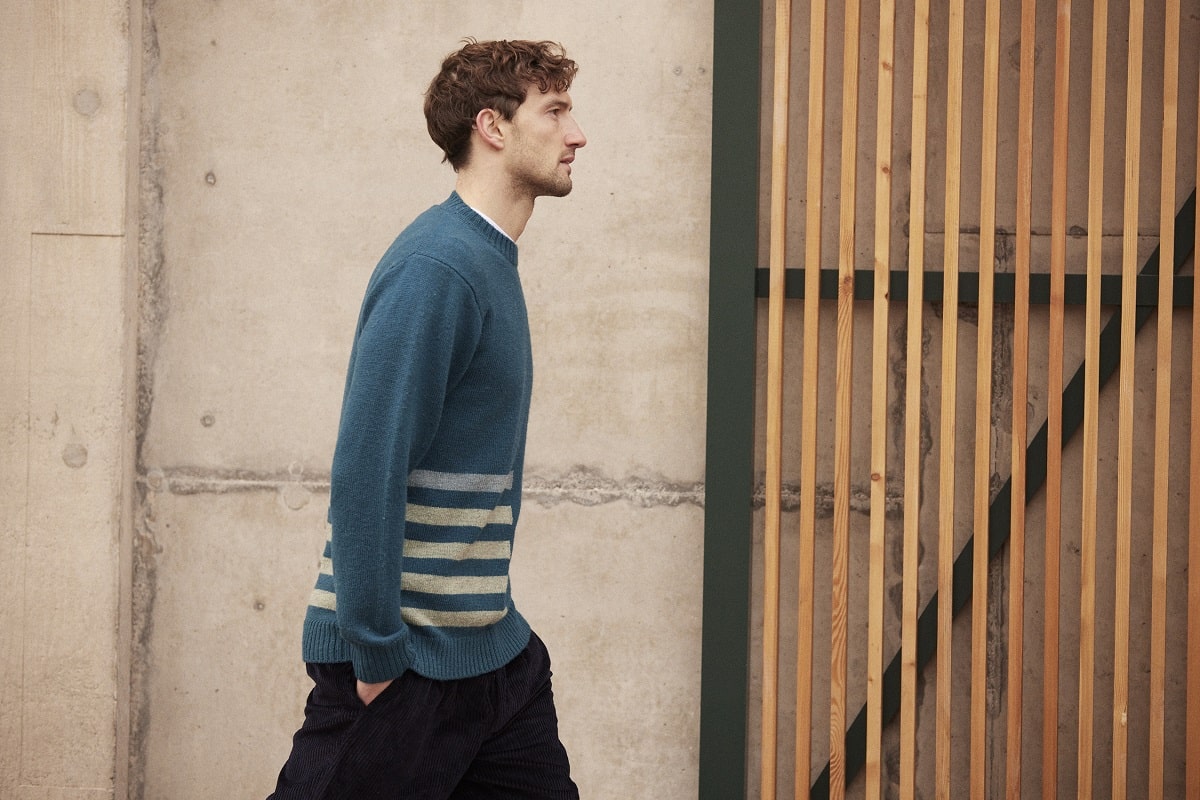1
HOME > Fashion History >
DRESS SENSE AND POUNDS
Written by Menswear Style in Fashion History on the 15th December 2023

In the UK, the tapestry of men's fashion weaves a story that transcends the confines of style, dipping into the essence of financial identity. The market, with an estimated worth of £15.4 billion in 2023, is not merely a commercial space but a reflection of British masculinity and its financial undercurrents. Delving into this market reveals the nuanced ways in which a man’s wardrobe choices mirror his approach to savings and investments.
Fashion as a Mood Booster for the Younger Generation
A significant 60% of Gen Z and Millennial males view buying new clothes as a mood enhancer. This sentiment, prevalent among the younger demographic, underscores a broader trend: fashion as a form of self-expression and emotional uplift. However, this trend is less pronounced among older males, with only 81% of those over 55 purchasing new clothing, compared to 95% of males aged 16-34. This gap highlights a potential challenge for the menswear market, as an aging population could impact its value growth.

Navigating the Cost-of-Living Crisis
The current cost-of-living crisis has had a notable impact on the UK's fashion landscape. Consumers are increasingly drawn to value brands, with Primark emerging as a popular choice for its affordability. This trend underscores a growing awareness of budgeting and saving, even in areas traditionally associated with discretionary spending.
Premium Quality vs. Value for Money
Interestingly, the inflationary environment hasn't deterred consumers from seeking quality. An overwhelming 89.6% of consumers believe value for money is crucial when purchasing apparel, indicating a willingness to invest in better quality, longer-lasting products. This trend is particularly strong among 16-44-year-olds, who are more attuned to the latest fashion trends, with 56% in this age group citing trendiness as a key purchase influencer.
Fashion Preferences and Financial Implications
The diverse fashion preferences across different age groups in the UK hint at varying financial priorities and styles. Younger consumers' inclination towards trendy, mood-boosting purchases may reflect a more immediate, pleasure-driven financial attitude. In contrast, the older demographic's less frequent clothing purchases and focus on quality and value for money suggest a more long-term, investment-oriented approach to finances.

Second-hand Apparel: A Growing Trend
The rise of second-hand apparel purchases, engaged in by 34.7% of UK shoppers, is a significant trend. Driven by the desire to save money, this move towards pre-owned items reflects a more cost-conscious and environmentally aware consumer base. It also represents a shift in financial priorities, where saving takes precedence over the allure of new, often more expensive, fashion items.
The Intersection of Style and Savings
The relationship between fashion choices and saving habits in the UK is complex and multifaceted. While younger generations may prioritize immediate gratification and self-expression through fashion, their older counterparts tend to align their sartorial choices with a more conservative, value-driven financial outlook. This contrast offers a unique perspective on the broader financial behaviours of UK citizens, where fashion serves as both a mirror and a catalyst for personal finance strategies.
In conclusion, the UK menswear market mirrors current trends and provides insights into the financial attitudes of different demographics. From the youthful drive for fashionable purchases to the older generation's value-focused choices, fashion in the UK is interwoven with personal finance and saving styles. Understanding UK average savings can influence these decisions, guiding individuals towards a balance between stylish self-expression and financial prudence.

Trending
2
3
4
5
6
7
8
9
10









